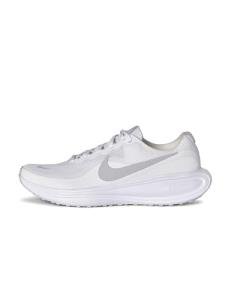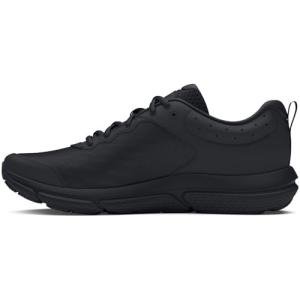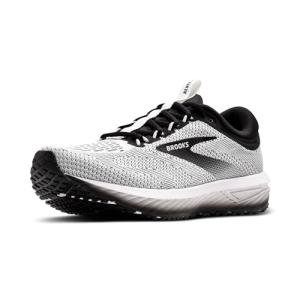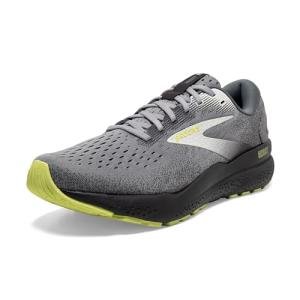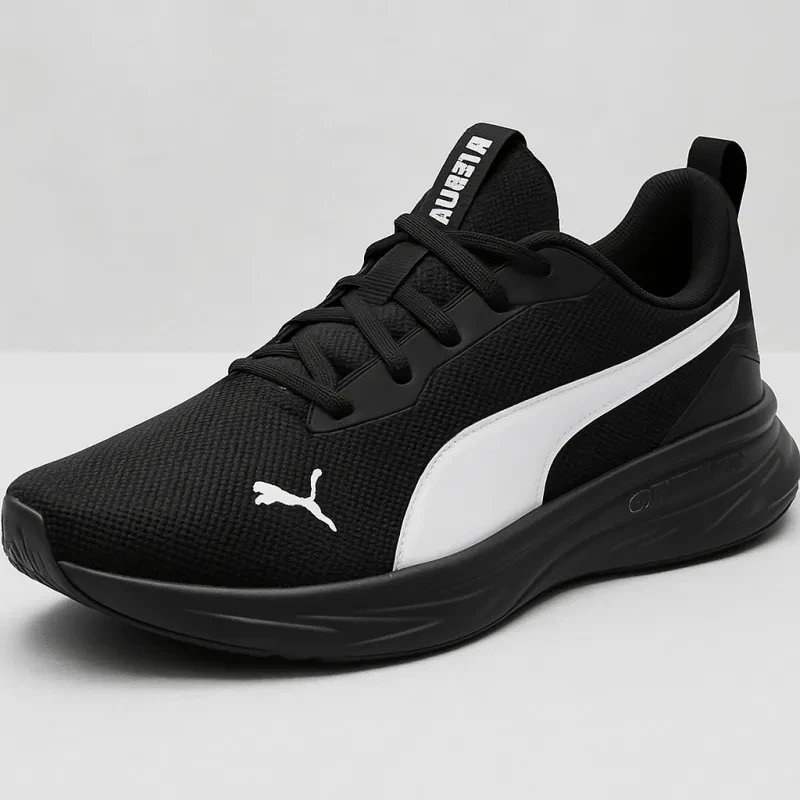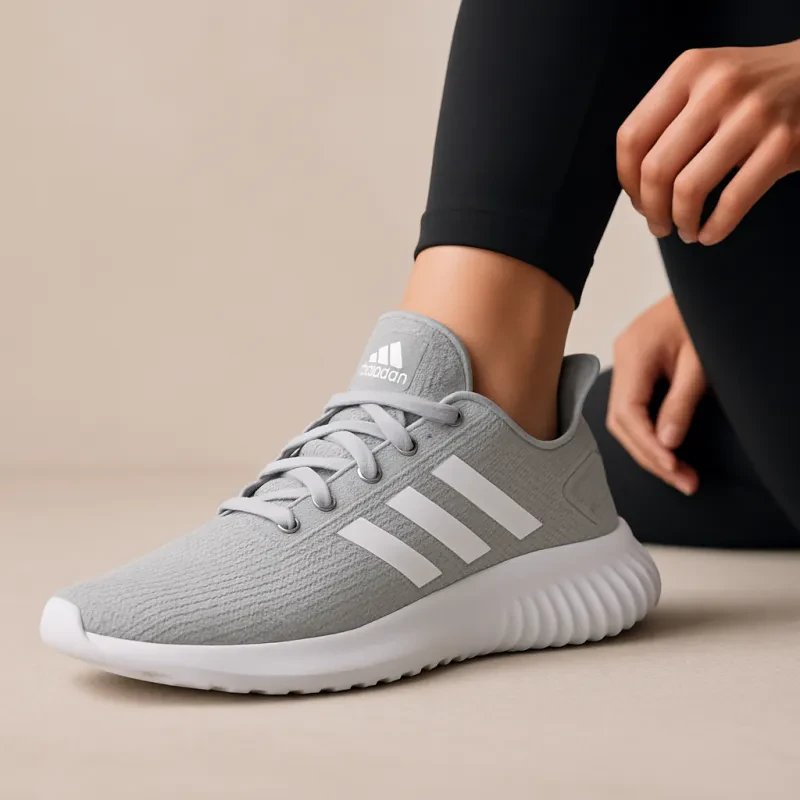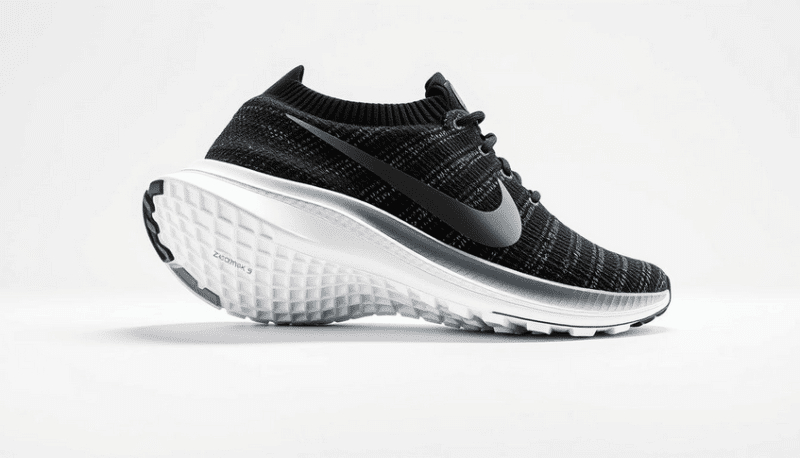Nurses and doctors often swear by brands like Hoka, Brooks, Merrell, and On for comfort and durability. Picking the right pair can turn those long shifts into something much more bearable.
Healthcare workers spend long hours walking and standing. Sore feet are just part of the job, unfortunately.

With so many sneaker options, it’s tough to know which ones actually help with pain and discomfort. The best sneakers for healthcare workers give strong support, good cushioning, and a comfortable fit to help them stay on their feet all day.
Key Takeaways
- Support, cushioning, and fit matter most in healthcare sneakers.
- Brands like Hoka and Brooks are top picks for many healthcare workers.
- Wearing the right shoes can help prevent foot pain during long shifts.
Key Features of the Best Sneakers for Healthcare Workers

Sneakers for healthcare workers need to be comfortable and supportive. They have to handle long hours of standing and walking.
The right features can help reduce foot pain and prevent injuries. Staying safe on the job gets a lot easier with shoes that work with you, not against you.
Importance of Comfort and Support
Comfort and support sit at the top of the list for anyone who stands all day. Sneakers with memory foam or gel inserts ease pressure on feet and joints.
Contoured insoles help keep feet in a natural position, which can reduce fatigue. A good shoe protects the arch and heel, and removable insoles let you add custom orthotics if you need them.
Lightweight materials cut down on strain. A roomy toe box can stop blisters and calluses before they start.
Essential Shoe Technologies
Shock absorption is a must-have for healthcare shoes. EVA foam, air pockets, or gel in the midsoles soften the impact of every step.
That means less knee and lower back pain after a long shift. Breathable mesh uppers keep feet cool and help prevent sweat and odor.
Some sneakers use water-resistant materials to handle spills but don’t sacrifice ventilation. Flexible outsoles let your foot move naturally, which just feels better overall.
Removable insoles are handy for cleaning and swapping in medical-grade orthotics. These features combine to make sneakers that can handle the wild world of healthcare.
Slip-Resistance and Workplace Safety
A slip-resistant outsole is non-negotiable in hospitals or clinics. Wet floors from spills or cleaning are just part of the environment.
Look for rubber outsoles with special tread patterns for grip on both dry and wet surfaces. Some brands add easy-to-clean outsoles, which is a huge plus when you’re working with fluids or under strict hygiene rules.
Closed designs keep your feet protected from spills and dropped objects. Shoes that combine slip-resistance and full coverage help healthcare workers stay safer through long, hectic shifts.
Top Sneakers for Healthcare Workers on Their Feet All Day

Healthcare workers need sneakers that provide long-lasting comfort and support for those marathon shifts. Some brands and models really stand out for construction, fit, and performance.
Best Shoes for Nurses and Healthcare Professionals
The right shoes can reduce fatigue and help prevent foot pain or injuries. Many nurses choose sneakers with thick, cushioned soles and wide toe boxes so their toes can actually move.
Supportive midsoles and non-slip rubber outsoles are necessary in hospitals, where traction matters. Shoes like the Bondi SR and Gaviota 5 get high marks for all-day comfort and solid arch support.
Lightweight, breathable options—think HOKA Bondi SR or Brooks Ghost—help keep you light on your feet. Shoes designed for healthcare usually feature easy-to-clean materials too, which is just practical.
Recommended Brands and Models
Here’s a quick look at some top brands and models favored by nurses and healthcare pros:
| Brand | Model | Key Features |
|---|---|---|
| HOKA | Bondi 8, Bondi SR, Gaviota 5 | Maximum cushioning, slip resistance |
| Brooks | Ghost, Addiction Walker | Durable, breathable, high comfort |
| ON | Cloudtilt | Lightweight, ergonomic design |
| Dansko | Professional Clog | Firm arch support, slip-resistant |
Many folks give these shoes five-star ratings, especially the HOKA Bondi SR and Dansko clogs. They’re built for hospital life, with supportive soles and materials that clean up easily.
If you need extra stability, the Gaviota 5 is a solid choice. The ON Cloudtilt brings a bit of style but still delivers on comfort and function. Each of these models tries to meet the real needs of people who rarely sit down.
Addressing Unique Footcare Needs
Long shifts, hard floors, barely a moment to rest—healthcare workers know the drill. Sneakers that support foot health and work with custom inserts can really help lower pain and prevent injury.
Managing Plantar Fasciitis and Foot Pain
Plantar fasciitis is a common problem for anyone standing for hours. It causes sharp heel pain, stiffness, and swelling.
Shoes with extra arch support and cushioned soles help take pressure off the heel and ease discomfort. A wide toe box lets toes spread out and keeps cramping in check.
Slip-resistant outsoles keep you safe on slick floors, cutting down on falls that could make foot pain even worse.
Here’s what to look for if you deal with foot pain or plantar fasciitis:
| Feature | Benefit |
|---|---|
| Firm arch support | Lessens strain on foot tissues |
| Cushioned insole | Absorbs impact from walking/standing |
| Wide toe box | Reduces cramping or pinching |
| Supportive heel counter | Improves stability |
Customization and Orthotic Compatibility
Some healthcare workers need custom orthotics or special insoles because of their foot shape or past injuries. Shoes with removable insoles make swapping in a medical-grade orthotic or extra cushioning easy.
Always check that the inside of the shoe can fit a thicker orthotic without making things too tight. Adjustable lacing systems help you get the right fit and keep your foot secure, even after adding inserts.
When picking a sneaker, keep these in mind:
- Removable insole design: Lets you replace with your preferred insert.
- Depth of shoe interior: Makes sure it fits with or without orthotics.
- Flexibility in sizing/widths: Works for different foot shapes and custom devices.
Tips for Choosing and Maintaining Healthcare Sneakers
Healthcare workers spend hours on their feet, so the right sneakers make a big difference in comfort and fatigue. Good care and maintenance can extend the life of your shoes and save you money in the long run.
Selecting the Right Running Shoes for All-Day Wear
Running shoes for healthcare workers should offer solid support and plenty of cushioning. Look for good arch support, soft midsoles, and comfortable wide toe boxes.
Brands like Hoka, Brooks, and Altra build models for all-day standing and walking. Slip resistance is key, so pick shoes with grippy, rubber outsoles to help avoid falls.
Breathable materials like mesh keep feet cool and dry, helping prevent blisters. For the best fit, try on shoes in the evening, when your feet are a bit swollen.
Swap out insoles regularly to keep support fresh. If you struggle with foot pain, look for shoes with extra stability or use custom orthotics for added comfort.
Care and Longevity of Work Shoes
Taking care of your work shoes does make a difference. It helps them last longer and keeps your feet happier, too.
If you can, rotate between two pairs of sneakers. That way, each pair gets a chance to air out and recover between shifts.
Wipe them down with a damp cloth every day to remove dirt and spills. For a deeper clean, use mild soap, but don’t soak them—water can damage the material and support.
Pull out the insoles so they can dry all the way. That little step goes a long way.
Look at your shoes now and then for wear, such as thinning soles or flat cushioning. If you’re on your feet all day, you might need to swap them out every 6–12 months.
Shoe trees or even just stuffing them with newspaper can help sneakers keep their shape. It’s a small thing, but it works.
DISCLAIMER
This document is provided for general information purposes only and should not be relied upon as providing legal advice, technical, or specific operational guidance to the reader, whether as to the practices described in the document or the applicable legal requirements and regulations. Save On Sneaks expressly disclaims any responsibility for liability arising from or related to the use or misuse of any information in this document.

